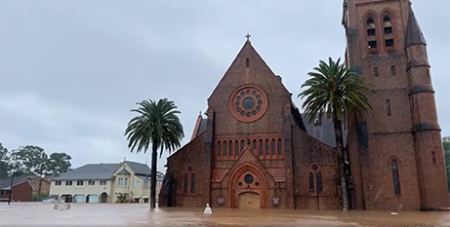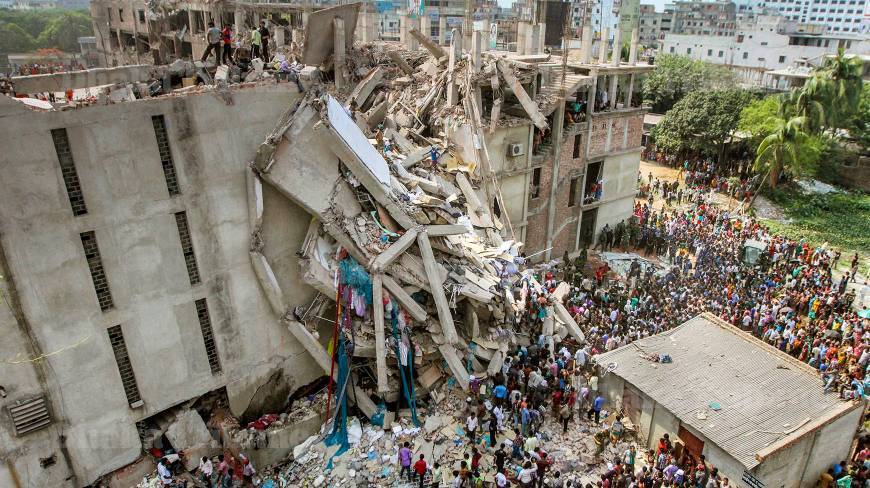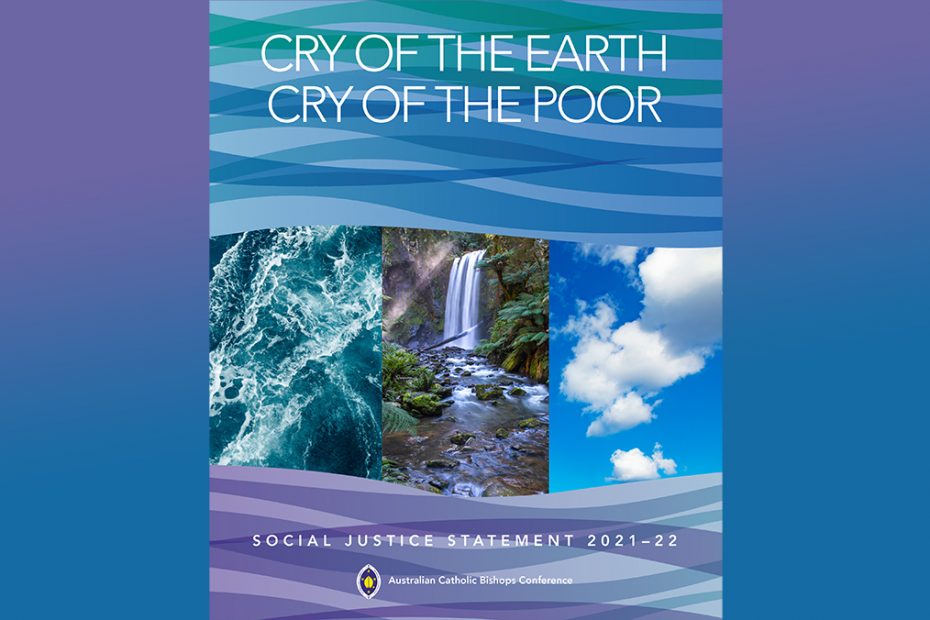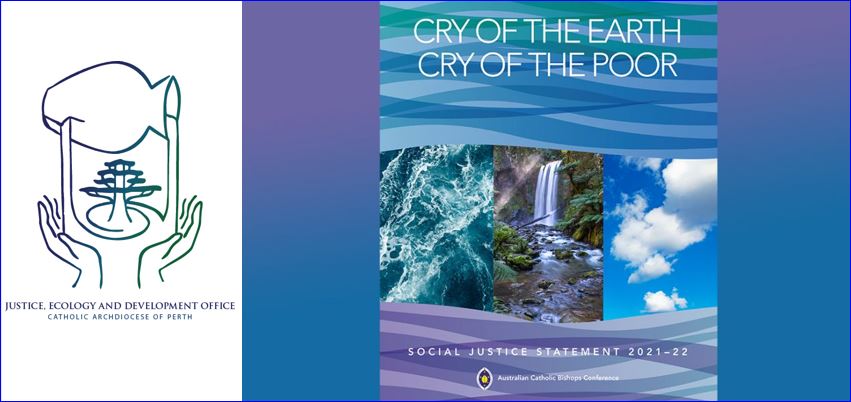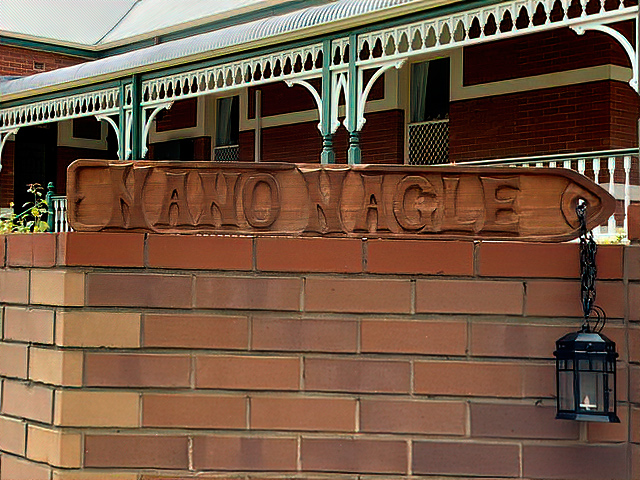Major flooding has affected communities in Queensland and in northern New South Wales, with Brisbane City inundated and Lismore experiencing its worst flood on record. Source: The Catholic Leader.
Brisbane ground to a halt with more than 980 schools shut yesterday and millions of people forced to work from home after three days of torrential rain.
Authorities estimate up to 15,000 properties could be affected by floodwaters as the Brisbane River reached its likely peak yesterday morning, inundating low-lying areas across the city.
Eight people have died in flood waters since last week and three are still missing.
Parish staff in low-lying and flood-prone Church properties surveyed the damage after a break in the rain yesterday. With many parish and school offices forced to close, it would still be some time before the full extent of the damage was realised.
South Brisbane ministries like Emmanuel City Mission, a shelter for Brisbane’s homeless and vulnerable people, have been forced to close its doors due to flood damage.
In Brisbane’s CBD, Eagle Street had flooded and blocked the road into St Stephen’s Cathedral carpark. The cathedral ran on a limited Mass schedule today.
Australian Catholic University was set to welcome its students back for the first day of the academic calendar but due to flooding, the Banyo campus was closed and students were directed to online learning.
South of the border, Lismore Diocese yesterday posted a photo showing St Carthage’s Cathedral with water half-way up the front door. The diocese post said, “No words to describe how our community is feeling”.
St Carthage’s Primary School, Trinity Catholic College, Presentation House and Doyle House were all heavily affected by the floods, the diocese reported.
Wilsons River in Lismore was two metres higher than its historic peak, NSW Emergency Services Minister Steph Cooke reported. The river was yesterday sitting at 14.36 metres and rising, which smashed the 1954 record of 12.17 metres.
FULL STORY
Brisbane gets small morning reprieve to inspect damages after 72 hours hard rain (By Joe Higgins, The Catholic Leader)

